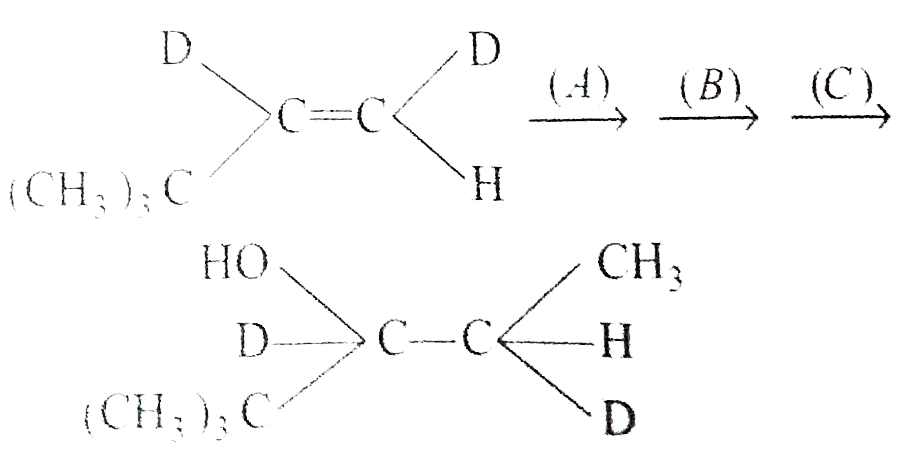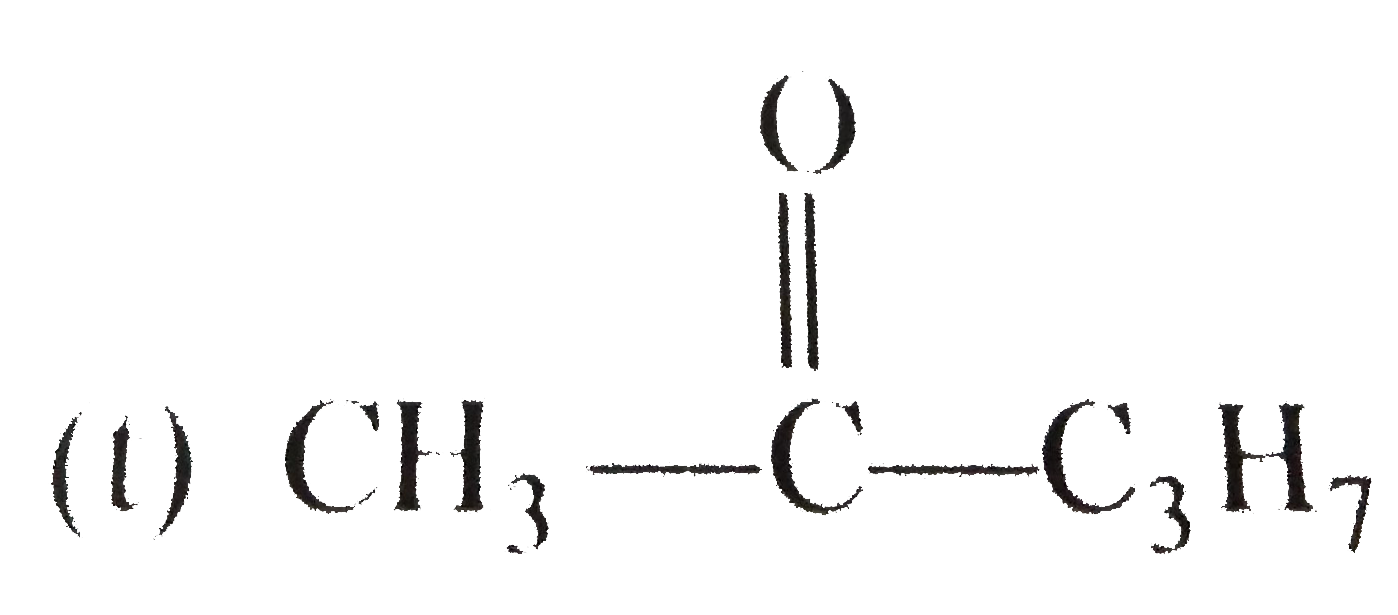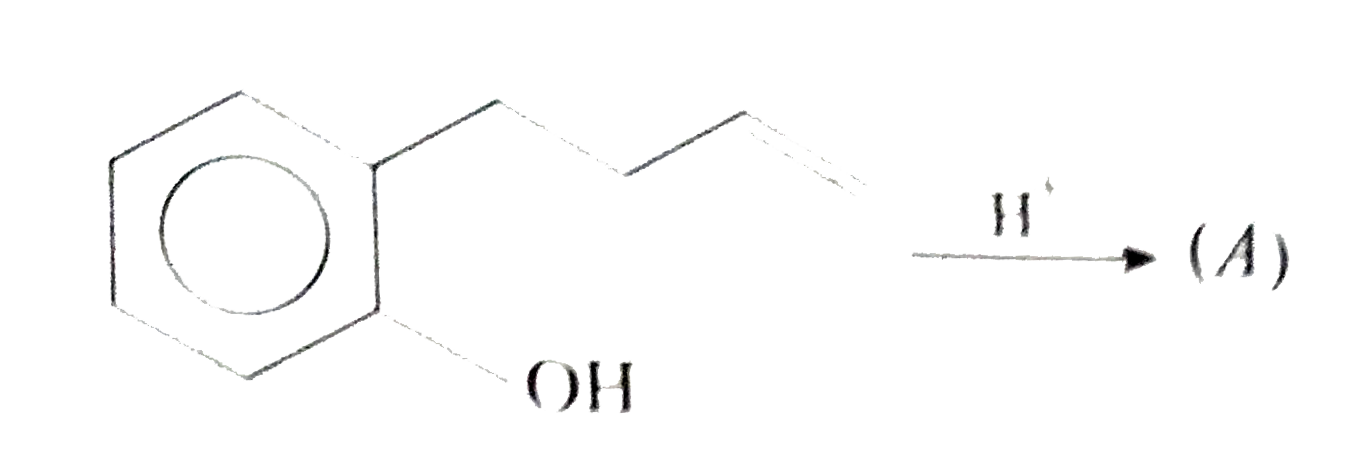Complete Solutions to PROBLEMS FOR PRACTICE of chapter UNSATURATED HYDROCARBONS of Class 12 book with complete answers and questions
| Class 12 | CHEMISTRY |
| Chapter | UNSATURATED HYDROCARBONS |
| OP TANDON | PROBLEMS FOR PRACTICE |
| Number Of Questions | 17 |
| Academic Year | 2023-24 |
Explain the formation of products (B), (C), and (D) in the following reaction.

View SolutionComplete the following equations:
a) `H_(2)C=CH-CH_(3)+HCl to (A)`
b) `CH_(3)-CH=C(CH_(3))_(2)+O_(3)overset(Zn)underset(H_(2)O)to(A) + (B)`
c) `H_(2)C=CH_(2)+O_(3) overset(H_(2)O)to(A) overset(NaOH(aq))to(B) + (C )`
d) `(CH_(3))_(3)C-CH=CH_(2)+HClto (A)`
d) `MeCH_(2)C-=CHoverset(NaNH_(2))to(A)overset(Et.Br)to(B)`
g) `HC-=CHoverset(H_(2),Pd(CaCO_(3)))underset((CH_(3)COO)_(2)Pb)to(A)overset(Br_(2))underset(CCl_(4))to (B) overset(KOH("alc"))to(C)`
h) `HC-=CHoverset(HgSO_(4),H_(2)O)underset(H_(2)SO_(4))to(A) overset(H)underset(LiAlH_(4))to(B)overset("conc"H_(2)SO_(4))underset(443K)to(C)`
i) `CH_(3)CH=(CH_(2)) overset(Br_(2))underset(773 K) (A) overset(Cl_(2))underset(773K)to (B)`
j) `CH_(3)CH=CH_(2) overset(Br_(2))underset(773K)to(A) overset(KOH("alc"))underset(Delta)to(B)`
k) `H_(2)C=CH_(2)+CH_(2)+CH_(2) to (A)`
l) `CH_(3)CH=CH_(2) + CH_(2)I_(2) to (A)`
m) `H_(2)C=CH-CH=CH_(2)+H_(2)=CH_(2) to (A) overset(H_(2))underset(Pd)to(B)`
n) `C_(3)H_(7)CH=CH_(2)overset(Hg(OAc)_(2))underset(THF//H_(2)O)to (A) overset(NaBH_(4)//NaOH)to(B)`
o) `CH_(3)CH=CH_(2) overset(BH_(3)//THF)to (A) overset(CH_(3)COOH)to (B)`
p) `C_(6)H_(5)CH=CH_(2) overset(Br_(2))to(A) overset(3.0 "equiv")underset(CH_(3)I)to (B)`
q) `C_(6)H_(5)CH_(2)CH(Cl)C_(6)H_(5) overset(KOH("alc"))underset(Delta)to(A)`
r)

View SolutionDraw all the structural , stereo, and cyclic isomers of `C_(4) H_(6)`.
View Solutiona) Give the structural formulae of the alkene `(C_(8)H_(16))` which on reductive ozonolysis gives butan-2-one.
b) Write the structure of that compound which on reductive ozonolysis gives propane-1,3-dial.
c) Write the products of the reductive ozonlysis of mesitylene with i) `(Zn//CH_(3)COOH)`
ii) `NaBH_(4)` or LAH.
d) Give the structural formulae of the alkene which on reductive ozonolysis gives a mixture of 2-methyl-butanal and pentan-2-one.
View SolutionAnswer the following:
a) If the bond order (number of bonds) between two carbon atoms increases what will happen to bond length and bond energy?
b) What type of reactions usually occur in alkenes?
c) What type of isomerism is exhibited by `CHBr = CHBr`?
d) What type of `H_(2)C=C=CH_(2)` diene is?
e) Which type of mechanism is followed in Markownikoff's rule?
g) What reagent is used in the dehydrohalogenation of alkyl halides?
h) Name two reagents which can be used to test unsaturation?
View Solutiona) Arrange benzene, n-hexane and ethyne in decreasing order of acidic behaviour. Also give reason for this behaviour.
b) Write the structural formulae and IUPAC names for all the structural isomers of alkenes with molecular formula `C_(5)H_(10)`.
c) Write the various types of isomerism shown by alkenes. Give one example of each.
View SolutionDraw the cis and trans structures of hex-2-ene. Which isomer will have higher b.p. and why?
View SolutionTwo compounds (X) and (Y) of the same molecular formula. `C_(4)H_(6)` gave the following reactions:
i) Both discharged colour of `Br_(2)` in `C(Cl_(4))`.
ii) (X) gives a precipate with ammonicial `AgNO_(3)` and on oxidation gives propanoic acid and `CO_(2)`.
iii) (Y) does not give precipitate with ammoniacal `AgNO_(3)` and on oxidation gives oxliac acid and `CO_(2)`.
What is the structural formula of (X) and (Y).
View SolutionIdentify the products of the following reactions:


View SolutionHow will you synthesis? ltbrlt a) Vinyl chloride from acetylene
b) But-1-yne form acetylene
c) But-2-one from acetylene
d) Butan-2-one from acetylene
e) Chloroprene from acetylene
f) Propane from isopropyl alcohol
g) 2,3-Dimethylbutane from propene
h) n-Hexane from propene
i) Cyclohexene from cyclohexane
j) Vinyl acetate from ethyl alcohol
k) Cyclohea-1,3-diene from cyclohexene
l) Buta-1,3-diene from butane.
m) 3-Ethylpent-1-yne from pent-1-yne
View SolutionHow will you obtain the following from propene?
a) n-Propyl bromide
b) n-Propyl alcohol
c) Isopropyl alcohol
d) 1,2-Dichloropropane
e) Acetylene
f) Allene (Propadiene)
View SolutionHow will you differentiate the following? A) Ethylene and ethane
b) Ethylene and acetylene
c) Ethane and ethyne
d) But-1-ene and but-1-yne
e) But-2-yne and but-1-yne
View Solutiona) A gaseous mixutre consists ethane and ehylene. How are the individual members recovered?
A gaseous mixture consists of ethylene and acetylene. How both are separated from each other?
View SolutionExplain the mechanism of the following reactions:
a) Addition of bromine and ethylene.
b) Addition of HBr on ethylene.
c) Dehydration of an alcohol.
d) Addition of HBr on buta-1,3-diene.
e) Addition of HCl on 3,3-dimethylbut-1-ene.
View SolutionDeduce the structures of the compounds which yeild the following products on reductive ozonolysis.
a) `CH_(3)CHO` and `HCHO`
b) `(CH_(3))_(2)CO` and `HCHO`
c) `(CH_(3))_(2)CO` and `CH_(3)CHO`
d) `(CH_(3))_(2)CO` only
e) `CH_(3)CH_(2)-underset(CH_(3))underset(|)C=O` (two moles)
f) HCHO and `O=CH-underset(CH_(3))underset(|)(CH)(CH_(3))_(2)`
g) `CH_(3)CH_(2)underset(C_(2)H_(5))underset(|)C=O` and `OHC-CHO` and `OHC(CH_(2))CH_(3)`
h) `OHC-CH_(2)CH_(2)CH_(2)CHO` only
i) `OHC-CH_(2)-CHO` (two moles)
j)

View Solutiona) Compound (A) `C_(8)H_(12)` on oxidation gives an acid (B) `C_(4)H_(6)O_(2)`. One molecule of compound (A) reacts with 3 mole of `H_(2)` in presence of platinum catalyst to give octane. Identify compound (A).

View SolutionExplain the following:
a) Why alkenes are more reactive than alkanes?
b) Acetylene reacts with ammoniacal silver nitrate solution or ammoniacal cuprous chlroide solution or sodamide to form an acetylide while ethylene does not.
c) But-2-ene shows geometrical isomerism but but-1-ene does not show.
d) Why has but-1-yne a larger dipole moment (0.80 D) than but-1-ene (0.40D) ?
e) Wjhuy alkylnes are slightly more soluble in water than alkenes and alkanes?
f) Cyclopropane is more reactive than cyclobutane.
g) Cyclopentane is more reactive than cyclobutane.
h) Which isomer of `C_(4)H_)(9)Br` yeilds only a single alkene on dehydrobromination?
i) Write the products of dehydrochlorination of the following:
(j) Which of the following reactions would provide a better synthesis of 2-pentene?
k) Write the major products of dehydration of
l) Comparison of heat of hydrogenation for the following alkenes:

m) Write the intermolecular step and give the product of the following reactioni:

n) Give the structures of an optically active alkene (A) having the lowest molecular mass, which on catalyst hydrogenation gives an optically inactive compound (B).


View Solution
PROBLEMS FOR PRACTICE questions and complete solutions for chapter UNSATURATED HYDROCARBONS of G.R. BATHLA & SONS CHEMISTRY (HINGLISH) of Class 12
All Exercises from OP TANDON Class 12 CHEMISTRY UNSATURATED HYDROCARBONS
- (LEVEL B) OBJECTIVE QUESTIONS
- ASSERTION-REASON TYPES QUESTIONS
- BRAIN STORMING PROBLEMS
- ILLUSTRATION OF OBJECTIVE QUESTIONS
- LINKED COMPREHENSION TYPE QUESTIONS
- Match type
- MATRIX MATCH TYPE QUESTIONS:
- OBJECTIVE QUESTIONS
- PROBLEMS BASED ON STRUCTURE AND PROPERTIES
- PROBLEMS FOR PRACTICE
- SET II This set contains the questions with more ..
- SINGLE INTEGER ANSWER TYPE QUESTIONS
- SOME SOLVED PROBLEMS